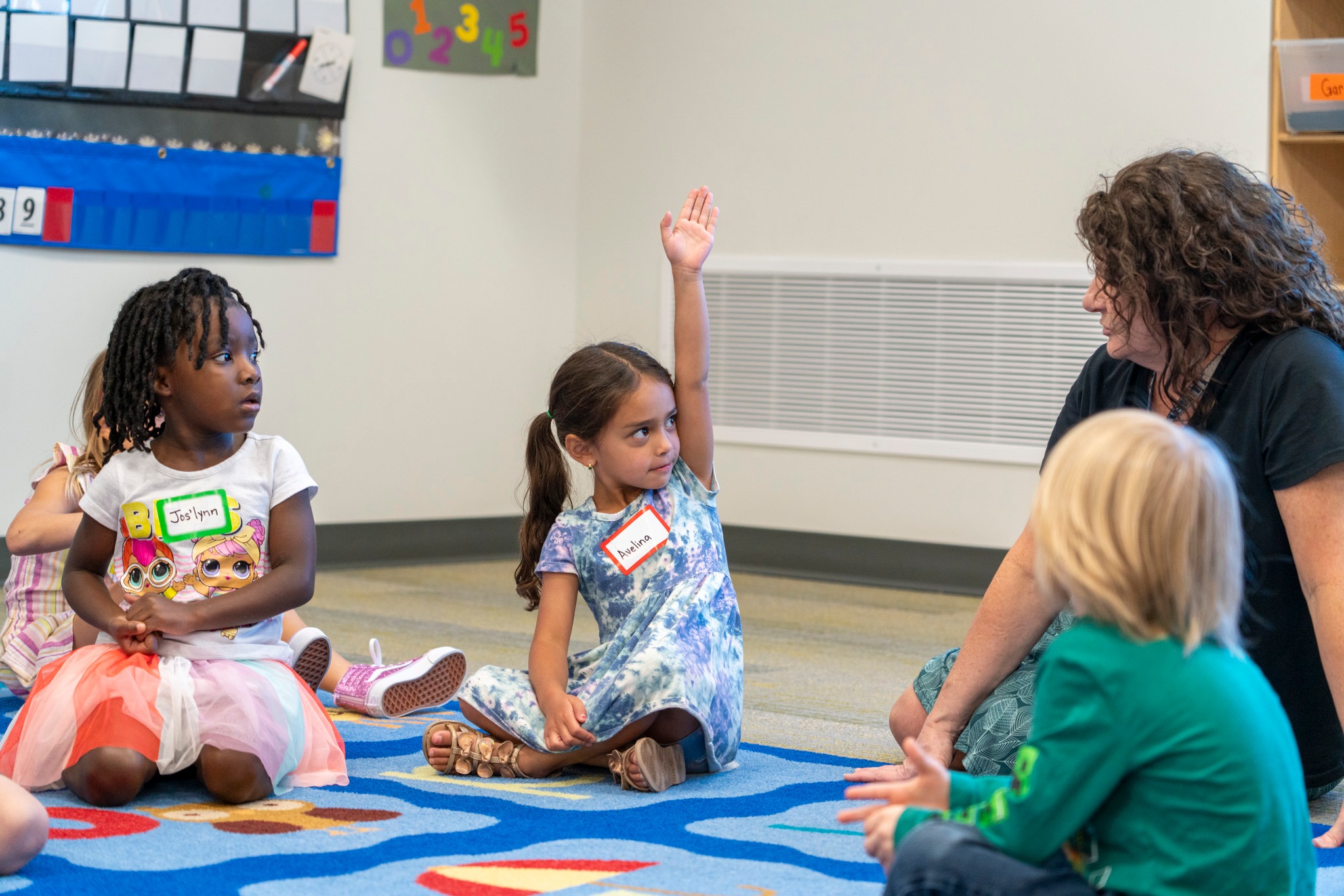Posted 01/30/2024 - 9:17am
Tags: Local Priorities, Use of FundsOne goal for ESSER was to help students get up to speed and improve learning once schools reopened. The partnership with UVA, Crawford said, gave teachers strategies to help students catch up.
“It's figuring out which kids are behind and why. Learning data planning for interventions,” he said
When the pandemic hit, Mapleton Public Schools hesitated to move forward with a plan to move forward with a transformative initiative to rethink conditions for school success and school leadership through the University of Virginia’s Partnership for Leadership in Education program. Instead of postponing the project, ESSER funding enabled district leaders to expand it, which has improved learning and school ratings in the district.
“We sort of had a moment of thinking, maybe it's not the time to start this partnership,” said Michael Crawford, senior deputy superintendent. “Maybe we'll have to wait until we can be in person. We decided not to do that. …We went ahead with that partnership. And we used COVID relief money to fund that.”
While the original plan was to focus on the district’s central management and high school, funding from the ESSER II and ESSER III direct LEA allocation, enabled the program – Project Lift: Leveraging Instruction for Transformation – to be brought to every school in the district.
“We were able to really leverage that learning to be more of a ‘thought partner’ with the University of Virginia and with other districts across the nation,” said Mapleton Superintendent Charlotte Ciancio. “I felt like it was serendipitous almost, that we were able to, to use the money that was available through ESSER to really go deep to support our local community.”
The district covers 25 square miles around Thorton and north Denver with 20 schools and 7,000 students.
Mapleton’s Project LIFT relied on a program developed by UVA’s Darden School of Business and the School of Education and Development that is being used by about a dozen school districts around the country.
The ability to collaborate and share experiences not only with the UVA team but with educators in those districts – from Long Beach, California, to Cleveland to Baltimore – was a bonus of the program.
“Those collaborative conversations and that collaborative opportunity really gave us a skill set to analyze data differently,” Ciancio said. “To think about what our kids are showing us they know. And because they're no longer necessarily all sitting in front of us in the classroom, how do we really pay attention to what it is they're learning? It forced us to really think about learning in a different way.”
The university program – Partnership for Leaders in Education – has four key focuses or levers: leadership, talent management, support and accountability and instructional infrastructure.
“Everything that we're planning, from our executive team to our school teams, happens in those categories and those levers,” Crawford said. This gave them “a common way to talk about it and talk about how it's going across the district.”
For example, using the instructional infrastructure lever, the district implemented new interim assessments for students and leadership teams and planned ongoing professional development for teachers. That work is beginning to make a difference in terms of student learning, Crawford said.
The district’s state accreditation performance also improved. Schools are ranked in five steps from a low of “turnaround” to a high of “distinction.”
“We had a couple of schools that were more on Priority Improvement, which is really right before Turnaround,” Ciancio said. “It's not great. It's not a great space to be in. Now, the majority of our schools have reached a higher performance level.”
The state’s accountability system factors in student performance on statewide tests, growth and post-secondary measures such as graduation rate and dropout rates for its School Performance Framework, coming up with cumulative points. All but two of the Mapleton schools earned more points even if they did not move up to a higher rank, Crawford said.
“So, I think that is one measure of what we've done has helped us be on the right track, especially through some pretty difficult times,” he said.
Another sign of improvement came from an evaluation and accreditation by Cognia Global Commission, a nonprofit organization that conducts external reviews of school systems across more than 90 countries.
“More importantly, in my opinion, than the state accreditation …,” Ciancio said, “is the engagement in the actual learning process for children, and a community and the teaching staff at schools.”
How has the learning process changed?
“What you might see is more project work, where kids are working on problem-solving,” Crawford said.” There might even be more conversation student-to-student in classrooms, but it's productive, you know, instructional conversation.”
Ciancio said, “When we walk into classrooms, we see very different behaviors from our students than we used to see. We hear very different teaching approaches than we used to hear. We see the results of student work that are very different than what we used to observe.”

Mapleton has used ESSER funding to rethink conditions for school success and school leadership through the University of Virginia’s Partnership for Leadership in Education program



Connect With Us





